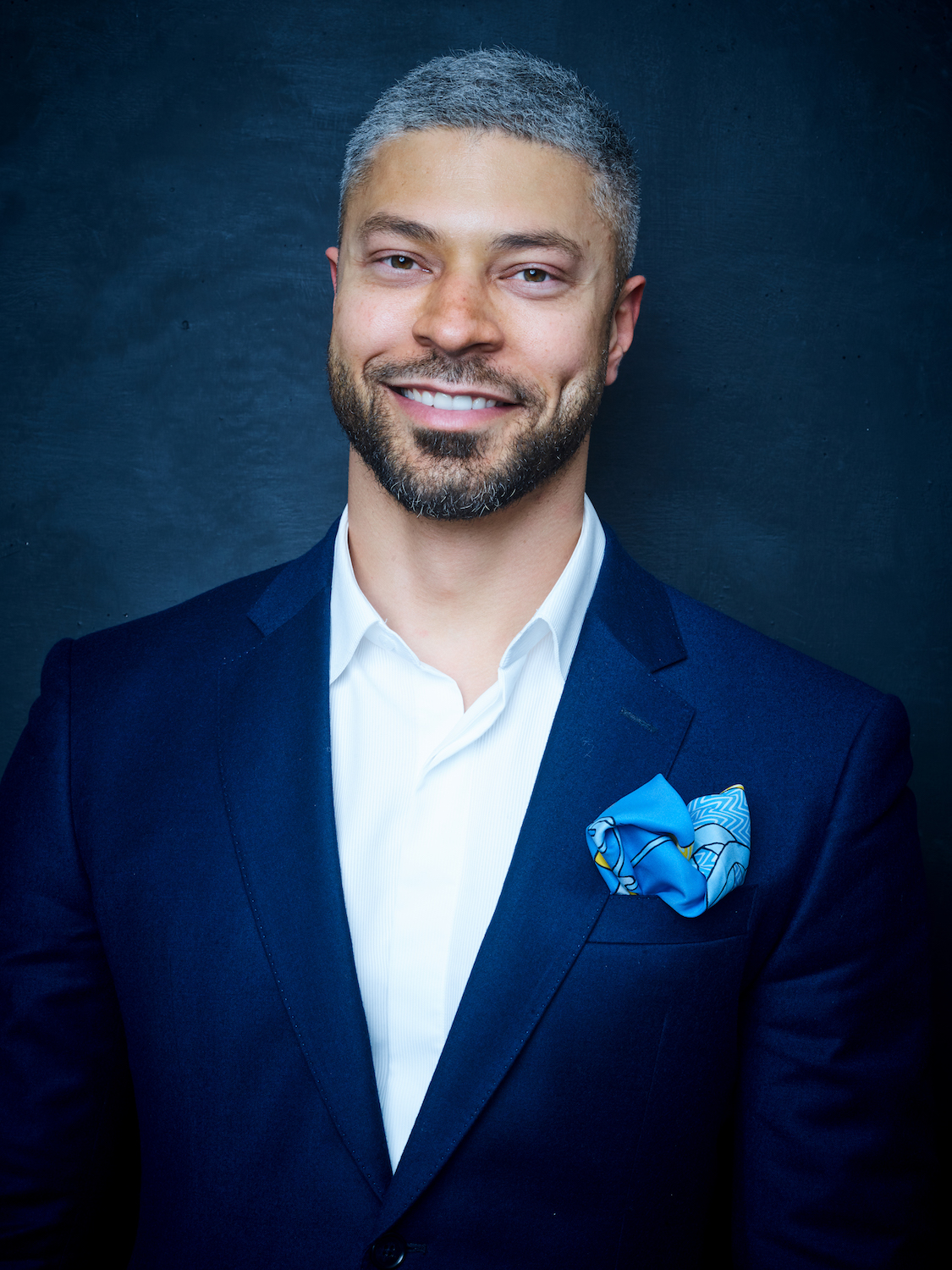
After more than half a century in business, and several recent high-profile scandals and financial failures, the prestigious La Biennale Paris art fair is being dissolved in its current form. Ditching its name, the biennale will be replaced by a new event under new management.
In a telephone interview with Artnet News, the yet-to-be-named fair’s new president, Alexis Cassin, said it was time for change. While the company is not changing ownership, it will now be under new management, lead by Cassin.
“They knew they needed to reinvent themselves,” he said of the fair’s old management, which was the Syndicat National des Antiquaires, an organization of 350 art dealers who also exhibit at the fair. “If they want to have back the visibility and the attention that they used to have, they need to earn the neutrality that they lost.”
Critically, Cassin has formed a new, separate organization, called the Arts & Fine Crafts Foundation. This recently inaugurated group, which includes Henri Jobbe-Duval, the cofounder of FIAC, says it make sure that there is more neutrality and better organizational processes.
The new event will open in November 2021 with some of its old vestiges, including designer watches and jewelry alongside artworks and antiques. A name and further details are expected next week.
Founded in 1956, La Biennale Paris (formerly the Biennale des antiquaires) has long been held at the Grand Palais and run by the Syndicat.
Through the decades, it went through several iterations, and in June 2015 became, rather confusingly, an annual event as it attempted to compete with the growing reputations of competitors such as TEFAF in Maastricht and BRAFA in Brussels.
Then serious problems began to come to light. There was a forgery scandal in 2016 and in 2019, it came to light that some dealers who were under criminal investigation at the time had been admitted into the event.
The final nail in the coffin came last October, when La Biennale Paris attempted an online auction partnership with Christie’s. The sale was a flop, with under a quarter of the lots sold. Christie’s said the problem was that the Syndicat demanded starting prices that were too high. On February, 10, the fair’s president, Georges de Jonckheere, stepped down.
“For 50 years, the biennial has been, to my eyes, the best exhibition for art and antiquities,” Cassis said. “But we cannot switch things around and hope to make it work. We have to rebuild from the foundation. We need something fully outside of the Syndicat National des Antiquaires to lead.”
Cassin believes one major issue is the vetting process for dealers.
“How can you judge a gallery who is coming in if the judge is another gallery inside?” he asked. “This is not neutral at all.”
“We need to bring back people who were not happy with the previous organization,” he added. “We need something new, something neutral.”
While the Syndicat will remain a partner of the fair, it will not be involved in its operations.
“My goal is to help them to exist in a new way,” said Cassin, whose background is trade fair infrastructure.
Moving forward, Cassin has surrounded himself with French art market experts. In addition to Jobbe-Duval, formerly at FIAC, there is Fabienne Lupo, the former head of the Foundation of High End Watchmakers, and Patrick Bazanan, the former managing director of the Décoral agency, a company that specializes in conference and event design. For some continuity, Mathias Ary Jan, vice president of the Syndicat, is also part of the team.